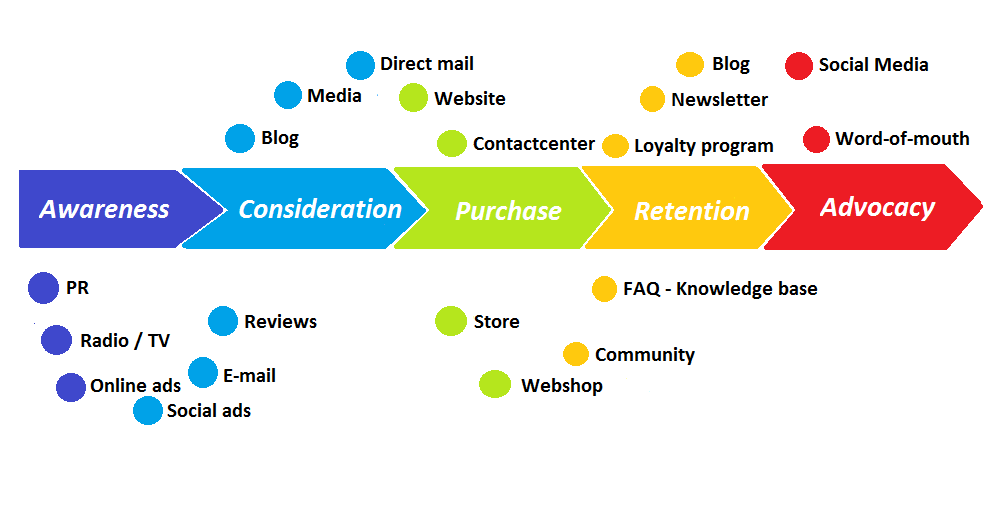Building a Story for Your Outdoor Brand
In 2017, Donald Miller published Building a Story Brand and it has become a measure of standard across the internet marketing space. The overarching message instructs the reader to clarify their message so their customers will listen. So many of our clients come to us with a version of struggle related to the solution Donald presents.
Whether you are struggling to get your customers to engage with your brand, or you’re just trying to get your brand off the ground, we have the track record and knowledge to provide results with creative and engaging media. None of this ties together without clear and direct messaging exemplifying your brand.
Make Your Customer the Hero
Building a brand story based around your consumer develops a sense of trust and relationship someone wouldn’t experience with other forms of content buildout. Positioning yourself as a guide along the customer’s journey to finding and committing to their solutions keeps you at the top of your customer’s mind. You are developing a trigger point in the consumers mind that relates your product or service to a solution.
Here is the flow of nearly every story in the words of Donald Miller:
“A CHARACTER who wants something encounters a PROBLEM before they can get it. At the peak of their despair, a GUIDE steps into their lives gives them a PLAN, and CALLS THEM TO ACTION. That action helps them avoid FAILURE and ends in a SUCCESS.”

Nearly every book you read, every movie you watch follows this plot line and we naturally notice when stories don’t develop in this fashion. Why shouldn’t your brand story follow the same model? To lead them through this process, we answer three questions. What do you offer? How will it make my life better? What do I need to do to buy it? If we can answer these questions well, we make the customer the hero and the product their solution.
Talk About Your Customer’s Problems
Relating to and engaging with your customer’s problems sets you up to understand why you are doing what you are doing. You’ve developed a product or service as a solution to a problem, but your customer may not know they have a problem. Writing about your customer’s problems shows you are just like them, and have created a product for them because you’ve experienced some of the same problems in the past. If you put those problems front and center in front of your customer’s you’ll let them use their own imagination to find you as their solution. Even though you have led them to water, they have to be the ones to drink. There are three types of problems any customer may face.
There are external problems, internal problems, and philosophical problems. External problems are physical, tangible problems, like products or services they need. Internal problems are problems they face internally, these are deeper, more personal fears and then we have philosophical problems. These problems are bigger than the basics of purchasing a product or understanding oneself a little better. If your product or service has a deeper meaning or impact, it would be worth employing this form of content as well as writing about internal and external problems.
Position Yourself as a Guide and Call Them to Action
As we’ve defined previously, customers are not looking for another hero. These folks are looking for a guide. When you think of fly fishing, what brands do you think of? When you think of hunting, which brands do you think of? Those brands have established themselves as “guides” for fly fishing and hunting, respectively. When someone considers these items, they know where they can go to get the information they are looking for and can trust. As the internet continues to expand and content farms keep pumping out generic content intended to rank on google, it is becoming more and more important so instead of clicking through organic search results, these folks are going directly to websites for information.
Once you have established yourself as a guide, it’s time to call them to action. “Direct” calls to action come in the form of making a purchase, filling out a form, or picking up the phone. “Transitional” calls to action are things like testimonials, free trials, and free content. You probably come across transitional calls to action all the time without even realizing it.
Provide a Happy Ending
The last thing a hero in a story wants is a bad ending. It is important for you to paint a picture of success involving your product or service. Some terminology could include “imagine yourself in 6 months”, or “if this problem was solved”. This puts success in the mind of your consumer and ties your product to it. A solid happy ending will include one or more of the following:
- Win some sort of power or position/status.
- Be unified with somebody or something that makes them whole
- Experience some self-realization or transcendence that makes them whole
If you can satisfy these basic human desires your client will leave with confidence and trust in anything you offer. Learn more about how Sage Lion Media develops engaging stories for outdoor brands by visiting our content marketing services page.
